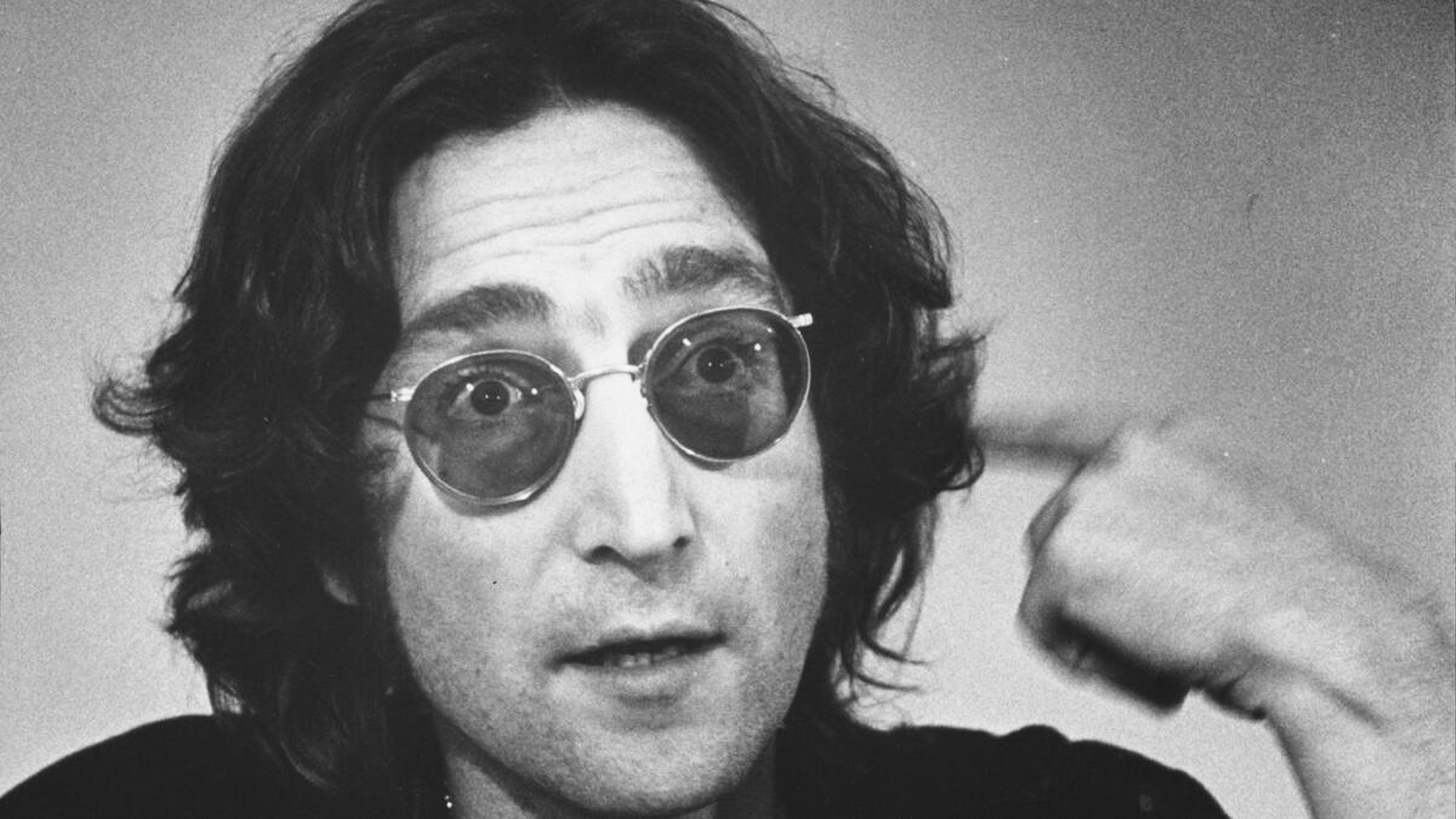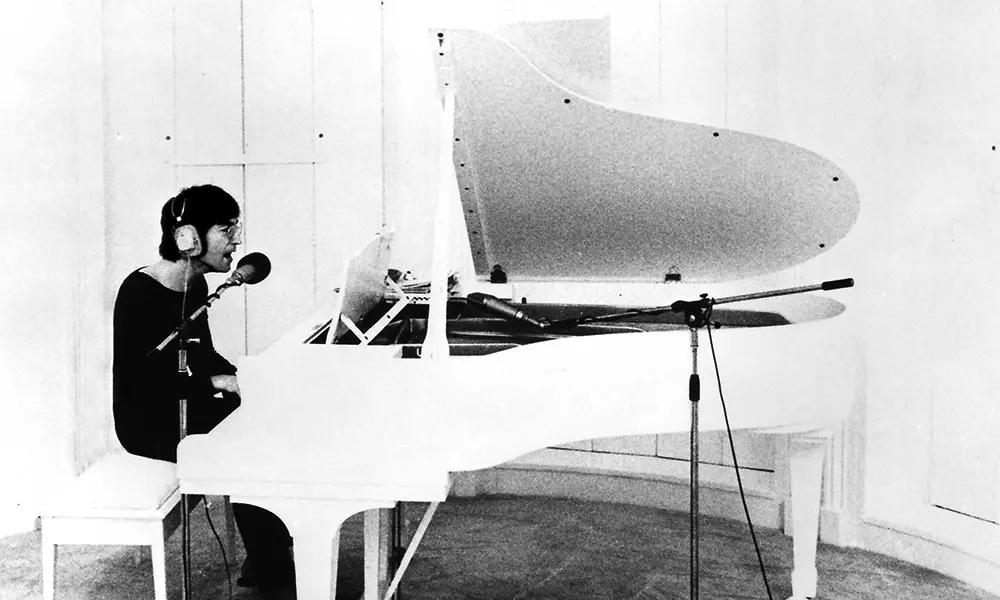John Lennon Releases “Imagine”

On October 11, 1971, John Lennon released “Imagine,” a song that asked the world to picture peace — not as a dream, but as a possibility.
What Happened?
By the time John Lennon wrote 'Imagine,' he had already changed the world once — as a Beatle. But when the band broke up in 1970, Lennon turned his attention to a different kind of revolution: one that could happen inside people’s hearts and minds. He and his wife, artist Yoko Ono, were exploring new ways to use art to spread peace. Yoko’s book of conceptual poetry, 'Grapefruit', especially inspired him. One of her lines, 'Imagine the clouds dripping,' sparked the idea for the song’s title and message.
Recorded in a single session at their home in England with producer Phil Spector, the song opens simply: Lennon at a piano, his voice soft and sincere. It invites the listener to imagine a world with no borders, no possessions, and no wars — a world built not on competition, but compassion. Lines like 'Imagine all the people sharing all the world' sounded radical at the time, especially during the Vietnam War, when nations were deeply divided.
Though 'Imagine' doesn’t name politics or specific leaders, its message challenged the way people thought about power and peace. It questioned whether humans could live without greed or fear — without dividing the world into 'us' and 'them.' For some, these ideas were unsettling. For others, they felt like hope set to music.
Lennon later described the song as 'an ad campaign for peace,' but the honesty of his words and the simplicity of the melody made it feel more like a prayer. The song was released as the title track of his 1971 album 'Imagine', which became his most successful solo work. Critics praised its beauty, and fans around the world embraced it as an anthem for unity.
Yoko Ono’s influence on the song was finally recognized decades later. In 2017, she was officially given co-writing credit, acknowledging her role in shaping the concept and lyrics. Together, Lennon and Ono had turned art into activism, proving that creativity could be as powerful as any speech or protest.
Since its release, 'Imagine' has been sung in times of both celebration and tragedy. It has echoed at Olympic ceremonies, New Year’s Eve gatherings in Times Square, and memorials after acts of violence. Artists from Stevie Wonder to Coldplay have performed it to comfort others and remind the world that peace is worth imagining — and worth working toward.
The song’s message remains simple but profound: before we can change the world, we have to be able to picture a better one. Lennon once said, 'We’re not the first to say ‘Imagine no countries’ or ‘Give peace a chance,’ but we’re carrying that torch, passing it hand to hand.' His torch still burns — each time someone hears the song and dares to believe it’s possible.
More than 50 years later, 'Imagine' continues to inspire dreamers, activists, and ordinary people who refuse to accept the world’s divisions as permanent. It’s a reminder that change begins with imagination — the courage to see beyond what is, and to believe in what could be.
Why It Matters
‘Imagine’ reminds us that art can be a form of activism — a way to ask difficult questions and build bridges instead of walls. Lennon’s call for peace still resonates because it challenges listeners to think critically about the world they want to live in. It teaches that change begins with empathy, and imagination is the first step toward progress.
?
What world does John Lennon ask listeners to imagine, and why might those ideas have been controversial in 1971?
How did Yoko Ono influence the creation of 'Imagine'?
Why do you think 'Imagine' continues to be played during moments of tragedy or hope?
Can a song actually change how people think or act? Why or why not?
What issues today might inspire a modern version of 'Imagine'?
Dig Deeper
John Lennon’s timeless performance of 'Imagine,' filmed in 1971 with Yoko Ono, still moves hearts around the world.
Lennon performs his classic song live, showing the emotional power behind his message of peace and unity.
Related

The First Great Awakening: Faith, Fire, and a New American Identity
Long before the Revolution, a different kind of rebellion was stirring, one in the soul. The First Great Awakening reshaped American religion and helped plant the seeds of self-government and democratic identity.

Conflict Styles: How We Handle Disagreements
Do you hide in your shell or face conflict head-on? Understanding your conflict style helps you navigate disagreements with confidence, care, and clarity.

The Tulsa Race Massacre: Black Wall Street Burned
Greenwood was known as Black Wall Street—until a white mob burned it to the ground. The Tulsa Race Massacre wasn’t a riot. It was a coordinated attack. And it was nearly erased from history.
Further Reading
Stay curious!
